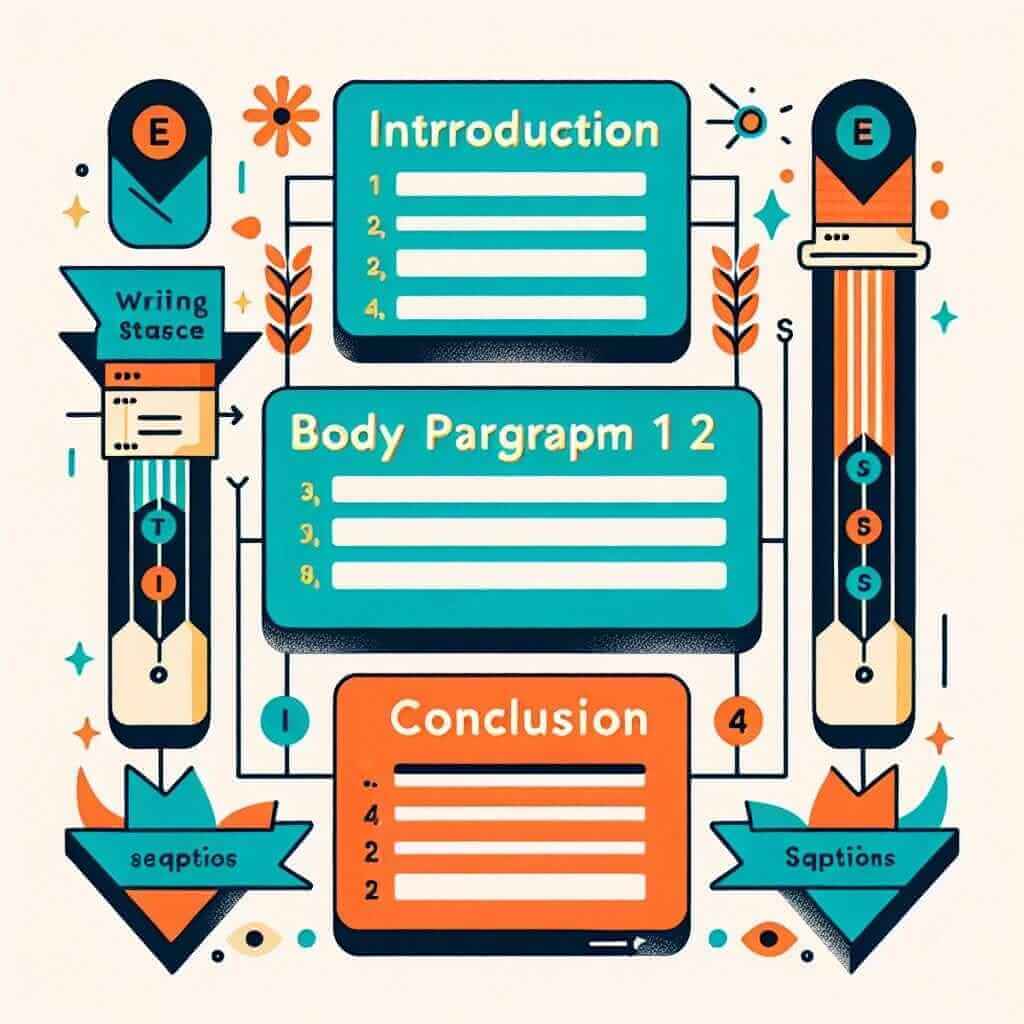The Importance of Presentation in IELTS Writing
In the realm of IELTS Writing, presentation is paramount to achieving a desirable band score. While content is undoubtedly crucial, how you present your ideas can significantly influence the examiner’s perception of your writing prowess. Effective presentation encompasses several key aspects, including clear and logical structure, coherent paragraphing, appropriate vocabulary, and accurate grammar. A well-presented piece of writing enhances readability and understanding, allowing you to effectively communicate your ideas and demonstrate your language proficiency.
Key Elements of Effective IELTS Writing Presentation
1. Structure and Organisation:
The foundation of a well-presented IELTS essay lies in its structure. Both Task 1 (report writing) and Task 2 (essay writing) require specific structural conventions.
-
Task 1: A typical structure for Task 1 includes:
- Introduction: Paraphrase the task and state the main trends.
- Overview: Summarize the key features without details.
- Body Paragraphs: Provide a detailed description of the data, highlighting significant trends and comparisons.
-
Task 2: For Task 2 essays, a common structure is:
- Introduction: Introduce the topic and clearly state your position (for opinion essays) or main ideas.
- Body Paragraphs (2-3): Develop your arguments or discuss different aspects of the topic, providing supporting evidence and examples.
- Conclusion: Summarize your main points and restate your position or provide a final thought.
2. Coherence and Cohesion:
Your writing should flow smoothly from one idea to the next. Use linking words and phrases (transition words) to connect sentences and paragraphs.
Examples:
- Adding information: Furthermore, Moreover, In addition
- Contrasting: However, On the other hand, Nevertheless
- Giving examples: For instance, Such as, For example
- Expressing cause and effect: Therefore, Consequently, As a result
3. Lexical Resource (Vocabulary):
Using a wide range of vocabulary accurately is crucial for a high IELTS writing score.
- Avoid repetition: Use synonyms to avoid repeating the same words.
- Use topic-specific vocabulary: Demonstrate your knowledge of the topic by using relevant vocabulary.
- Collocations: Pay attention to word combinations that commonly go together (e.g., “make a decision,” “have an impact”).
4. Grammatical Range and Accuracy:
Use a variety of grammatical structures accurately to showcase your language skills.
- Complex sentences: Combine simple sentences using conjunctions and relative clauses to show your control over grammar.
- Tenses: Use appropriate tenses consistently throughout your writing.
- Punctuation: Ensure correct punctuation to enhance clarity.

IELTS Writing Presentation Tips:
- Planning: Spend a few minutes planning your essay before you start writing. This helps you organize your thoughts and structure your writing logically.
- Proofreading: Always leave time to proofread your work carefully for grammar, spelling, and punctuation errors.
- Practice: Regular practice is key to improving your writing skills and presentation.
Conclusion
Mastering the art of presentation in IELTS writing is an achievable goal with dedicated effort and a clear understanding of the key elements involved. By focusing on structure, coherence, vocabulary, and grammar, you can elevate the clarity and impact of your writing, ultimately paving the way for a successful outcome in your IELTS exam.